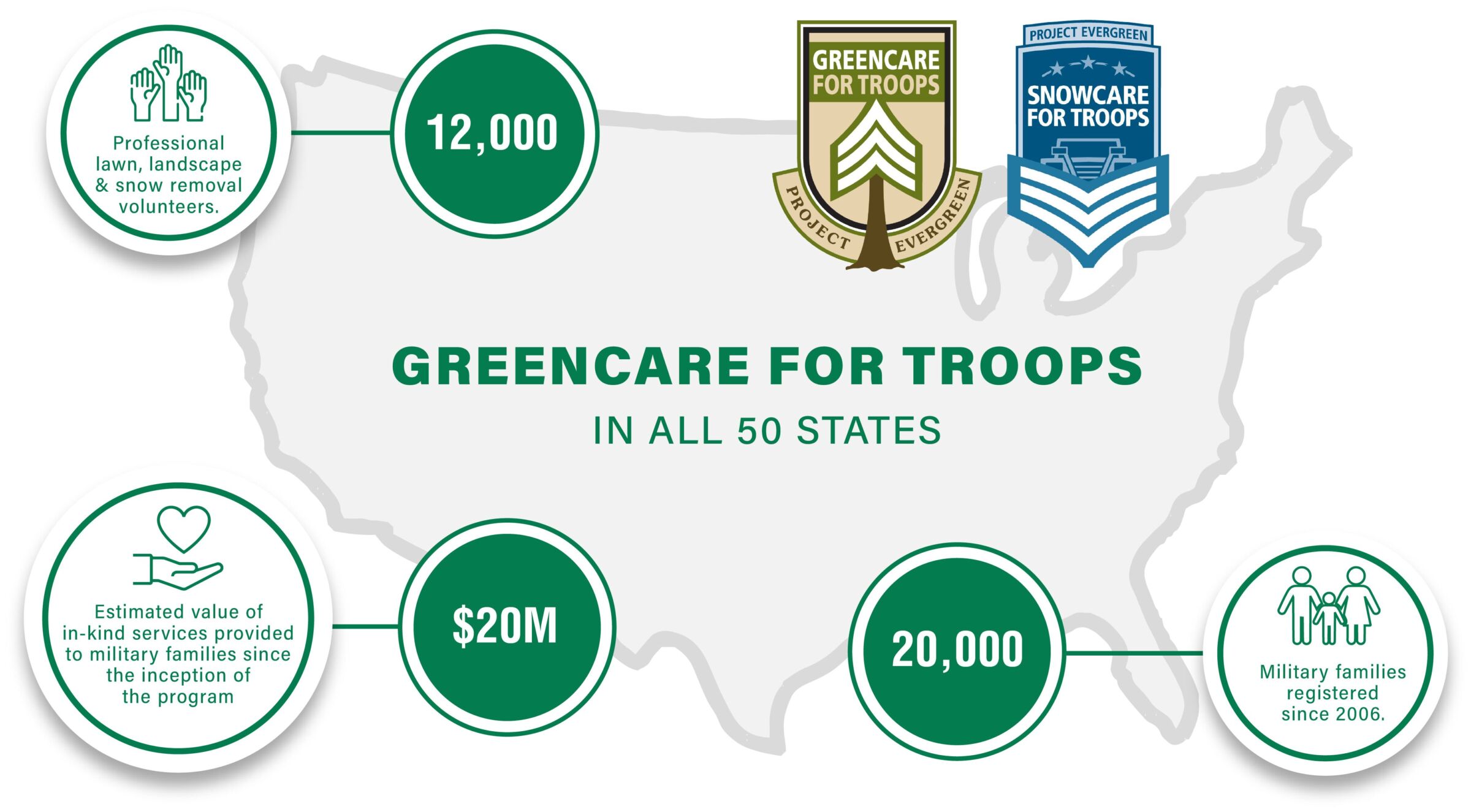Carbon Footprint – How to Calculate It
Helping sequester carbon through green spaces is a vital part of Project EverGreen’s mission to create a greener, healthier, cooler Earth.
Calculating your carbon footprint can provide a clear picture of your environmental impact and help you take informed steps to reduce it.
Carbon footprint – what exactly is it? A carbon footprint is the total amount of greenhouse gases (GHGs) emitted directly or indirectly by human activities, typically expressed in equivalent tons of carbon dioxide (CO₂e). This includes emissions from the production and consumption of goods and services, transportation, energy use, and more. The primary greenhouse gases contributing to the carbon footprint are carbon dioxide (CO₂), methane (CH₄), nitrous oxide (N₂O), and fluorinated gases.

Reducing the carbon footprint involves adopting sustainable practices such as increasing energy efficiency, using renewable energy sources, reducing waste, and promoting sustainable transportation options. By minimizing greenhouse gas emissions, individuals and organizations can help mitigate the adverse effects of climate change and promote a healthier environment.
Calculating your carbon footprint involves assessing the amount of greenhouse gases (GHGs) you produce through various activities. Here are the steps and factors to consider for a comprehensive calculation of your carbon footprint.
Home Energy Use
- Electricity Consumption – Measure your monthly or annual electricity usage in kilowatt-hours (kWh). Check your electricity bill for this information.
- Heating and Cooling – Consider the type of fuel used (natural gas, oil, propane, etc.)
- Water Heating – Include energy used for heating water.
- Appliances and Lighting – Estimate the energy consumption of appliances and lighting.
Transportation
Car Travel – Calculate the total miles driven and the fuel efficiency (miles per gallon or liters per kilometer) of your vehicle.
Public Transportation – Consider the distance traveled by bus, train, subway, etc.
Air Travel – Include the number of flights and distances traveled.
Other Modes – Include cycling, walking, and other modes of transportation if relevant.
Waste
Household Waste – Estimate the amount of waste produced and the percentage recycled.
Recycling Practices -Consider how much and what types of materials you recycle.
Goods and Services
Purchasing Habits – Consider the frequency and type of goods you purchase, such as clothing, electronics, and other consumer products.
Services – Include services you use, like internet, phone, entertainment, and other utilities.
Project EverGreen’s Clean Air Calculator
It is easy to underestimate the power of green spaces that grow around us and, if we are lucky, surround the places where we call home, go to work, and enjoy our leisure time.
A new, online calculator will change the way we think about green spaces we often take for granted. Project EverGreen is the exclusive licensee of the Clean Air Calculator™ in the U.S.
The Clean Air Calculator, powered by Project EverGreen, is a web-based mapping tool that measures the positive environmental impact of plants—specifically lawns, trees, and shrubs on a property.
The calculator will be used by lawn and landscape professionals, park directors, golf course superintendents, commercial property owners, sports fields managers, homeowners, and others.
Plants not only capture carbon but also provide us with cleaner, cooler air. Lawns, trees, and shrubs make up green spaces but so do other plants like flowers and gardens. They attract people, wildlife, bees, insects, and microscopic organisms.
Underneath, soil helps grow and support green spaces with its own ecosystem of roots, earthworms, microbes, insects and even animals, like moles and gophers.
While all those things contribute to environmental health, our calculator uses three land covers—lawns, trees, and shrubs to measure the benefits of green space.
The calculator helps one visualize the environmental impact of land cover on a property by measuring four environmental health factors:
- Clean Air
- Carbon Sequestered
- People Impacted
- Km Offset
The Clean Air Calculator combines geographic information system (GIS)-based interactive maps with a scientific data model to identify the value of actual greenspace in cities, neighborhoods, communities, and individual properties.




